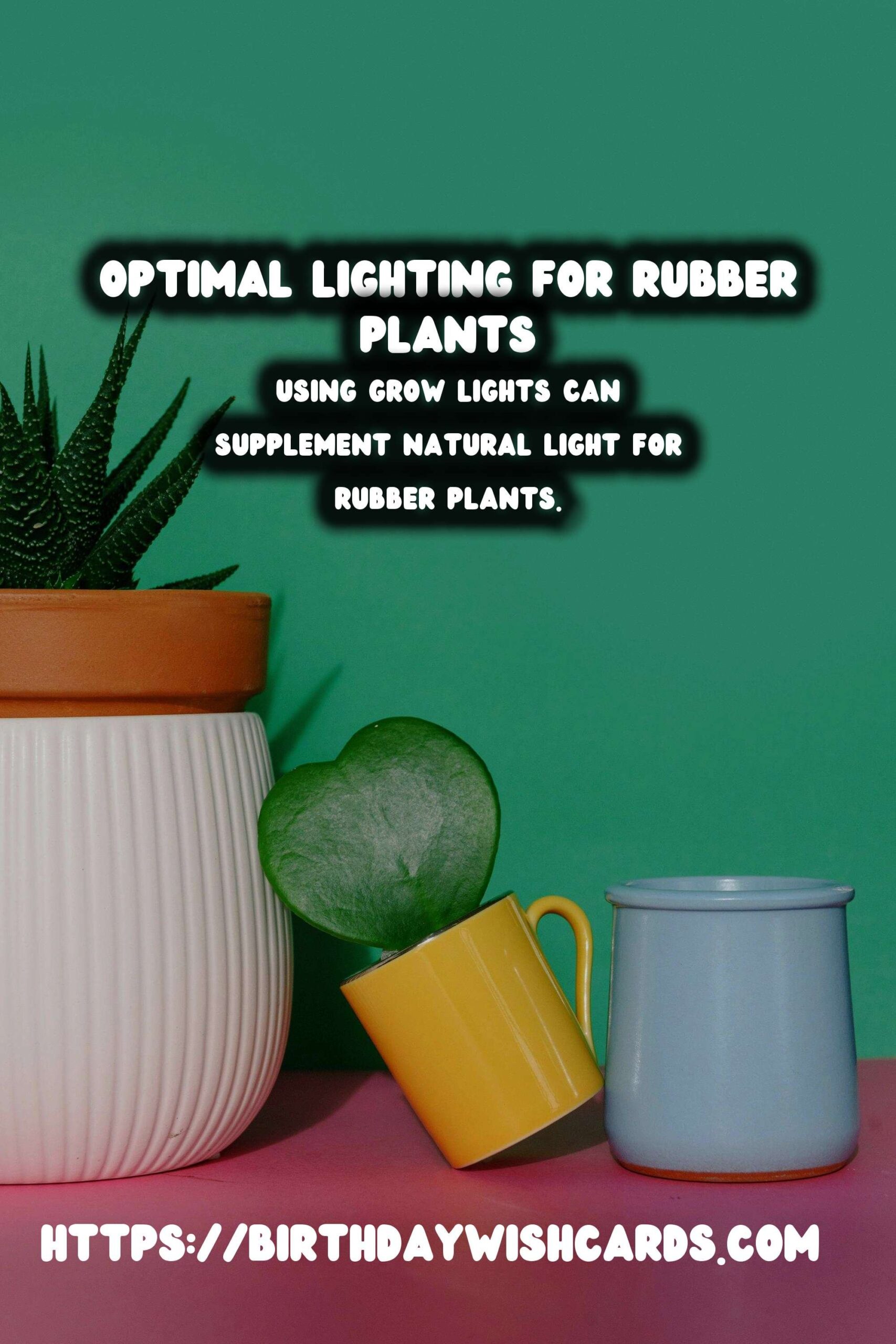
Rubber plants, scientifically known as Ficus elastica, are popular houseplants admired for their glossy leaves and easy maintenance. To ensure that your rubber plant thrives, understanding the best lighting conditions is crucial. In this article, we will explore the optimal lighting requirements for rubber plants and how to provide them with the ideal environment for growth.
Understanding Rubber Plants
Rubber plants are native to Southeast Asia and are part of the fig family. They are well-known for their large, oval-shaped leaves that can vary in color from deep green to burgundy. In their natural habitat, rubber plants grow under the canopy of larger trees, which means they are accustomed to receiving indirect light.
The Importance of Lighting
Lighting plays a pivotal role in the health and development of rubber plants. Proper lighting ensures that the plant can photosynthesize efficiently, which is essential for its growth and overall well-being.
Best Lighting Conditions for Rubber Plants
Bright, Indirect Light
Rubber plants thrive in bright, indirect light. This type of lighting mimics their natural environment and allows them to grow robustly. Placing your rubber plant near a window with filtered sunlight or using sheer curtains can provide the ideal lighting condition.
Moderate Light
If bright, indirect light is not available, rubber plants can also adapt to moderate light levels. However, it is important to note that growth may be slower, and the leaves may not be as vibrant.
Avoid Direct Sunlight
Direct sunlight can scorch the leaves of a rubber plant, leading to unsightly brown spots. To prevent this, avoid placing the plant in areas where it is exposed to harsh midday sun, especially during the summer months.
Signs of Inadequate Lighting
It is essential to monitor your rubber plant for signs that it is not receiving the right amount of light. Some common indicators include:
- Leaf Drop: If the plant is shedding leaves more than usual, it may be due to insufficient light.
- Pale Leaves: A lack of light can cause the leaves to lose their vibrant color.
- Leggy Growth: When seeking more light, the plant may develop elongated stems with sparse foliage.
Adjusting Lighting Conditions
To enhance the lighting conditions for your rubber plant, consider the following tips:
- Rotate the Plant: Rotating the plant periodically can ensure even light distribution to all parts of the plant.
- Supplement with Artificial Light: If natural light is limited, using grow lights can be an effective solution to provide the necessary light spectrum for growth.
- Move the Plant: During different seasons, you may need to relocate the plant to areas with more or less light to accommodate changing sunlight intensity.
Conclusion
Providing your rubber plant with the right lighting conditions is vital for its health and growth. By ensuring bright, indirect light, you can help your plant thrive and maintain its beautiful appearance. Regularly assess your plant’s lighting needs and make necessary adjustments to create an optimal environment. With proper care, your rubber plant will be a stunning addition to your indoor garden.
Rubber plants thrive in bright, indirect light. Direct sunlight can scorch the leaves of a rubber plant. Signs of inadequate lighting include leaf drop, pale leaves, and leggy growth. Rotate the plant periodically to ensure even light distribution. Using grow lights can supplement natural light for rubber plants. 
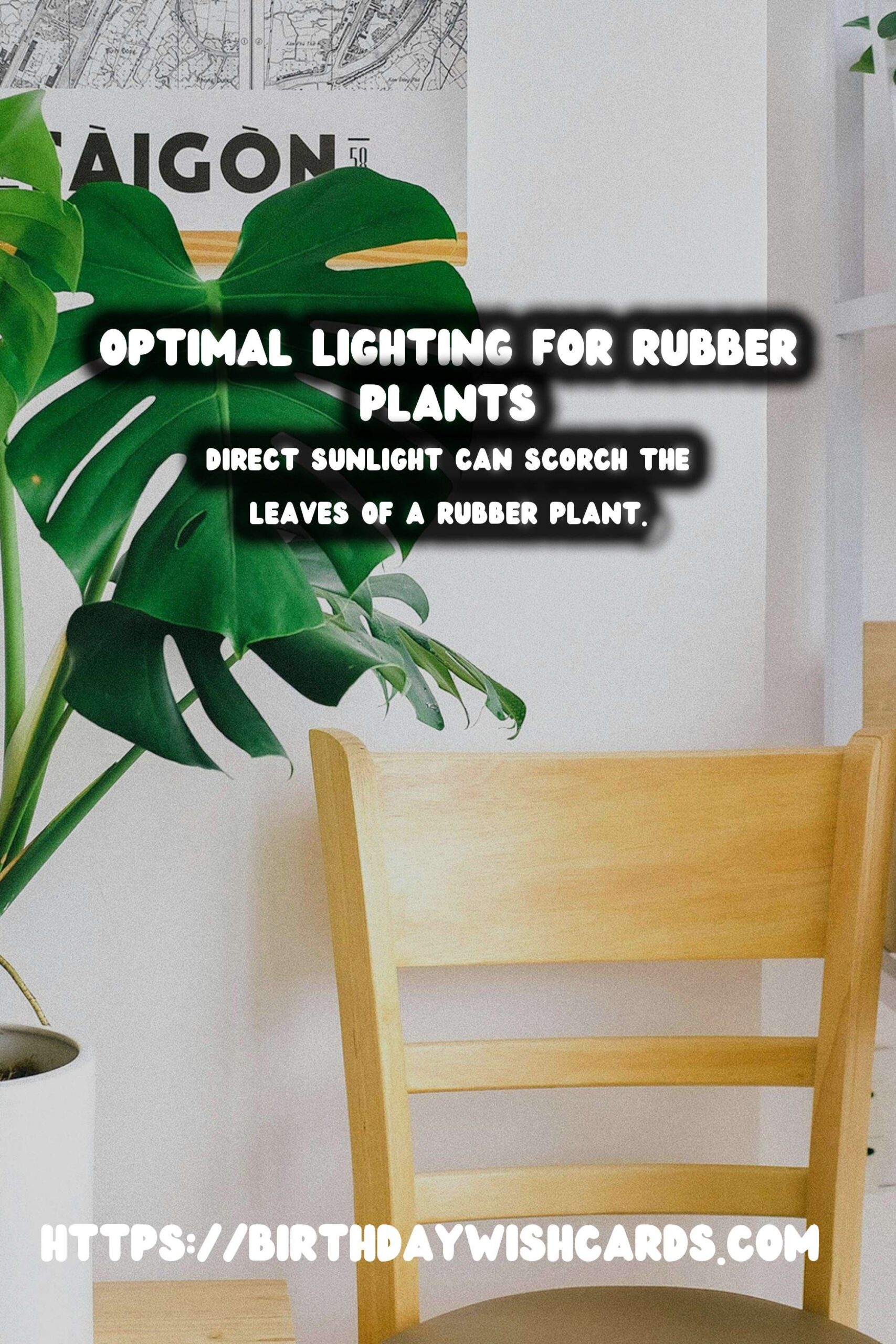
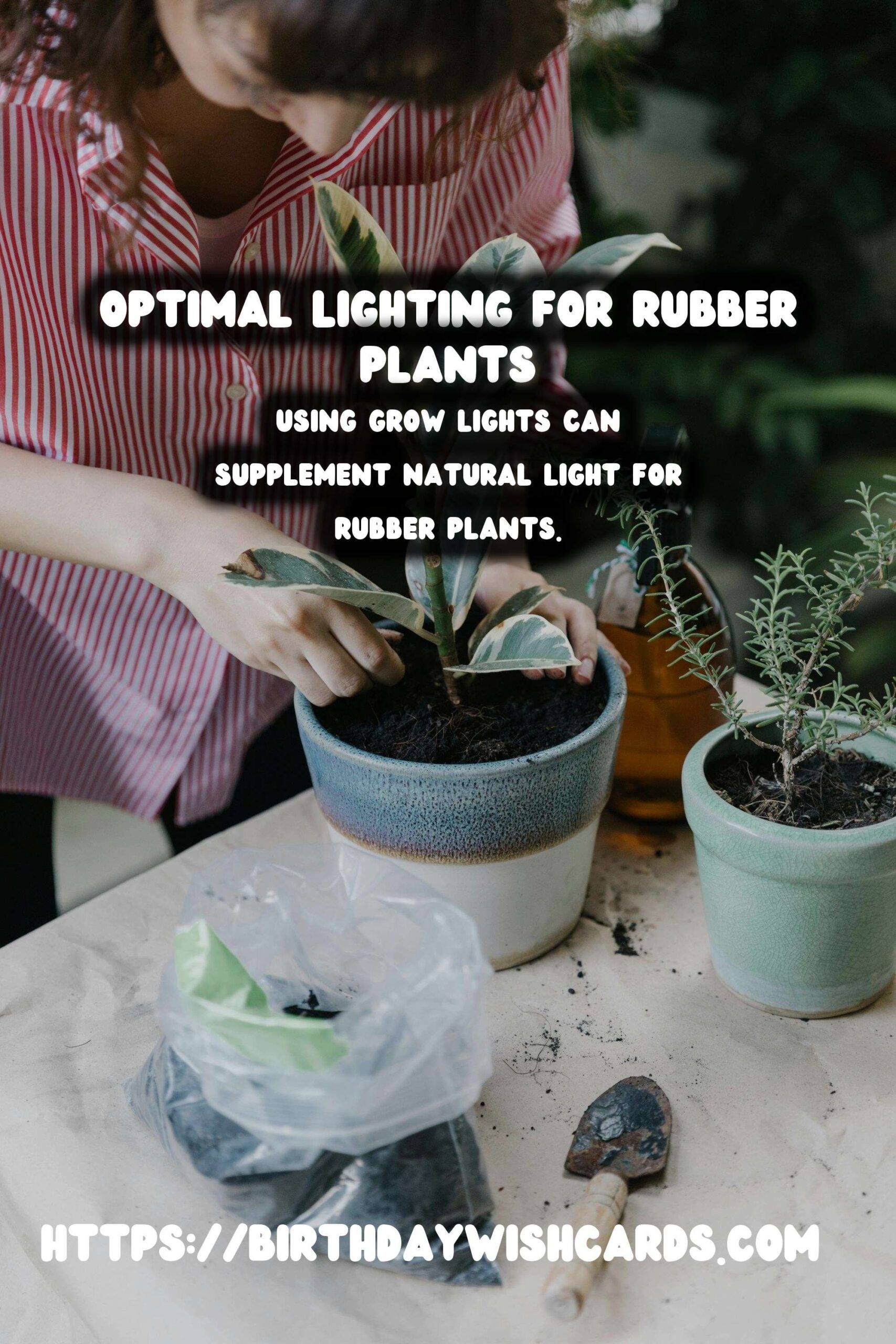
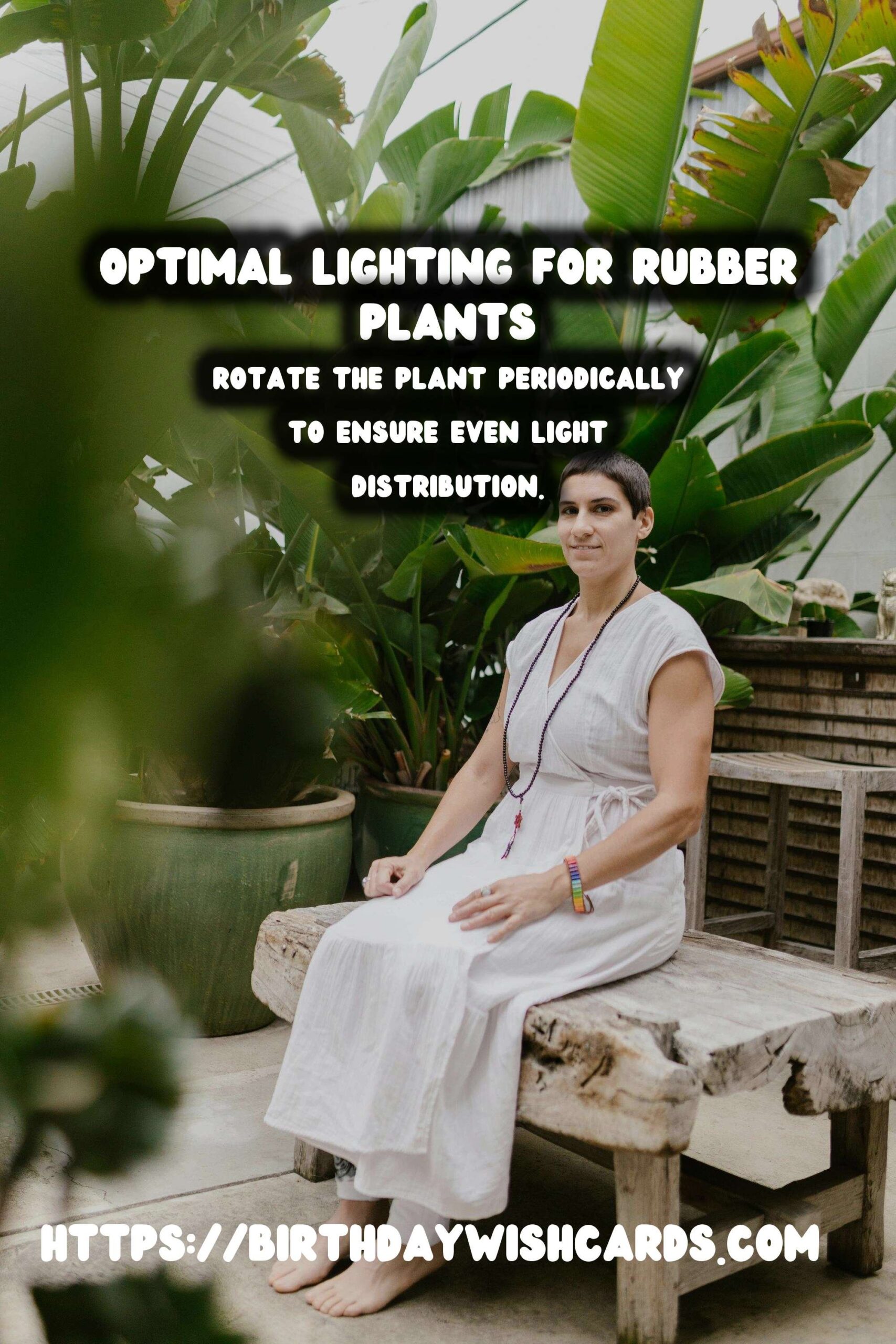
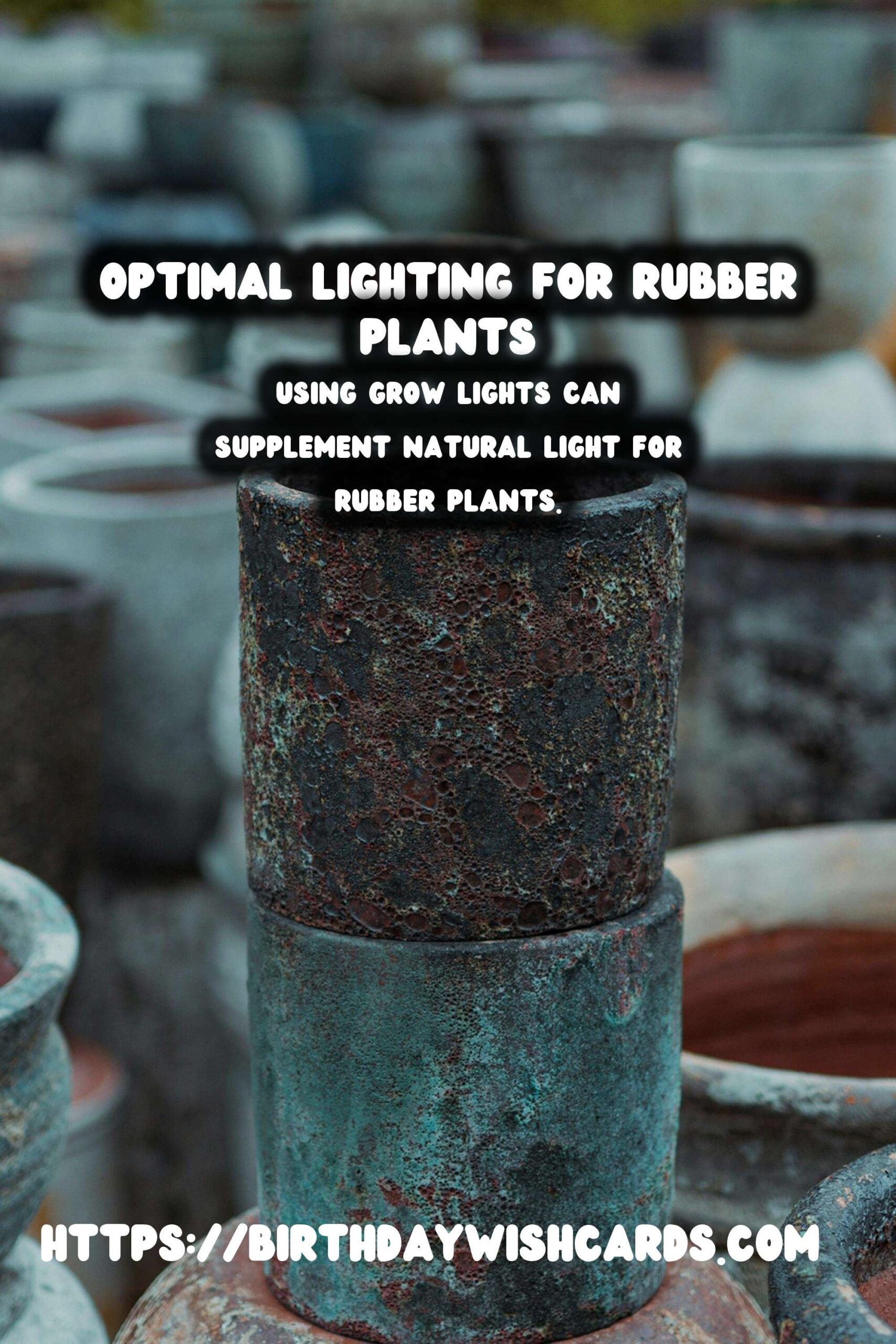
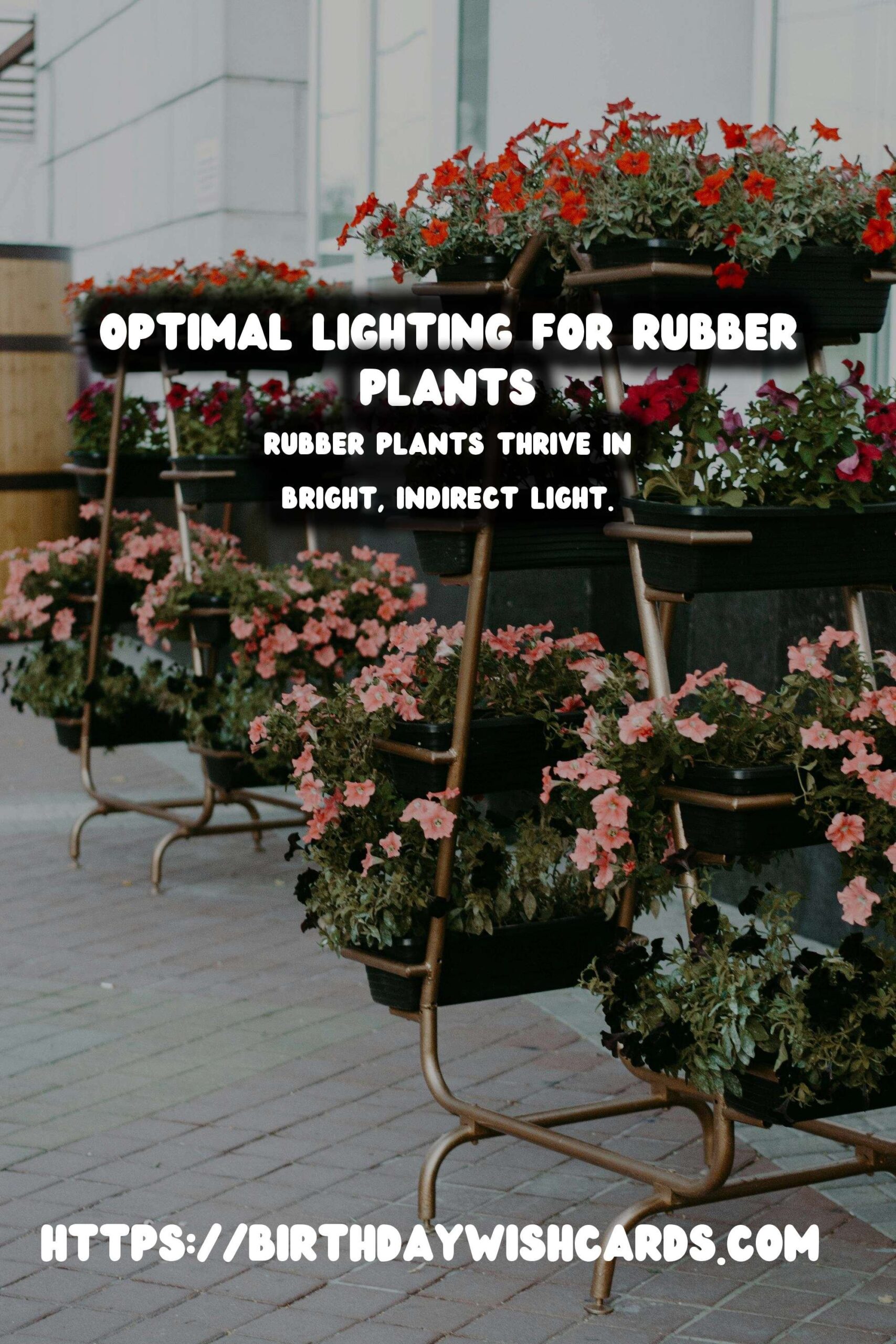
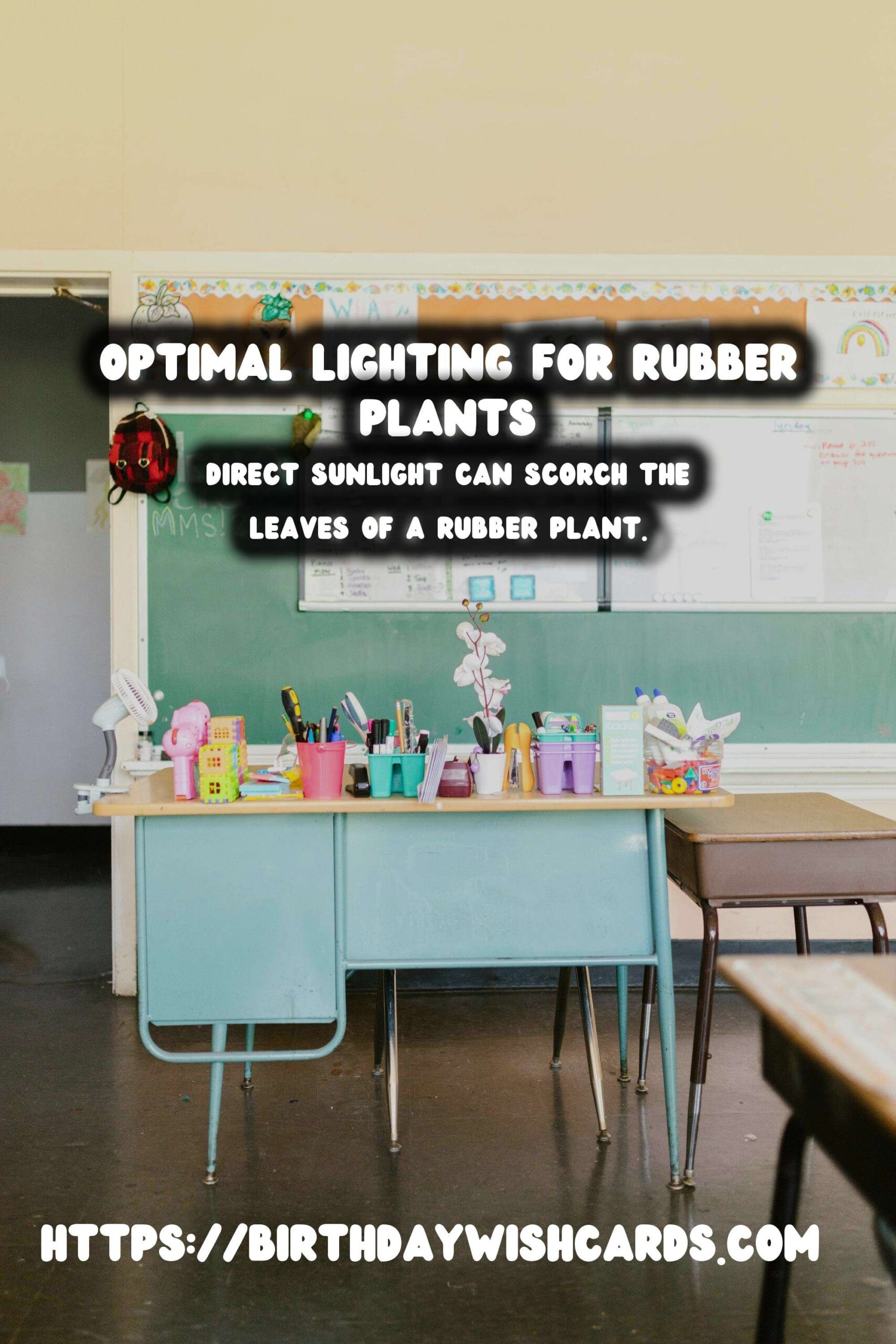
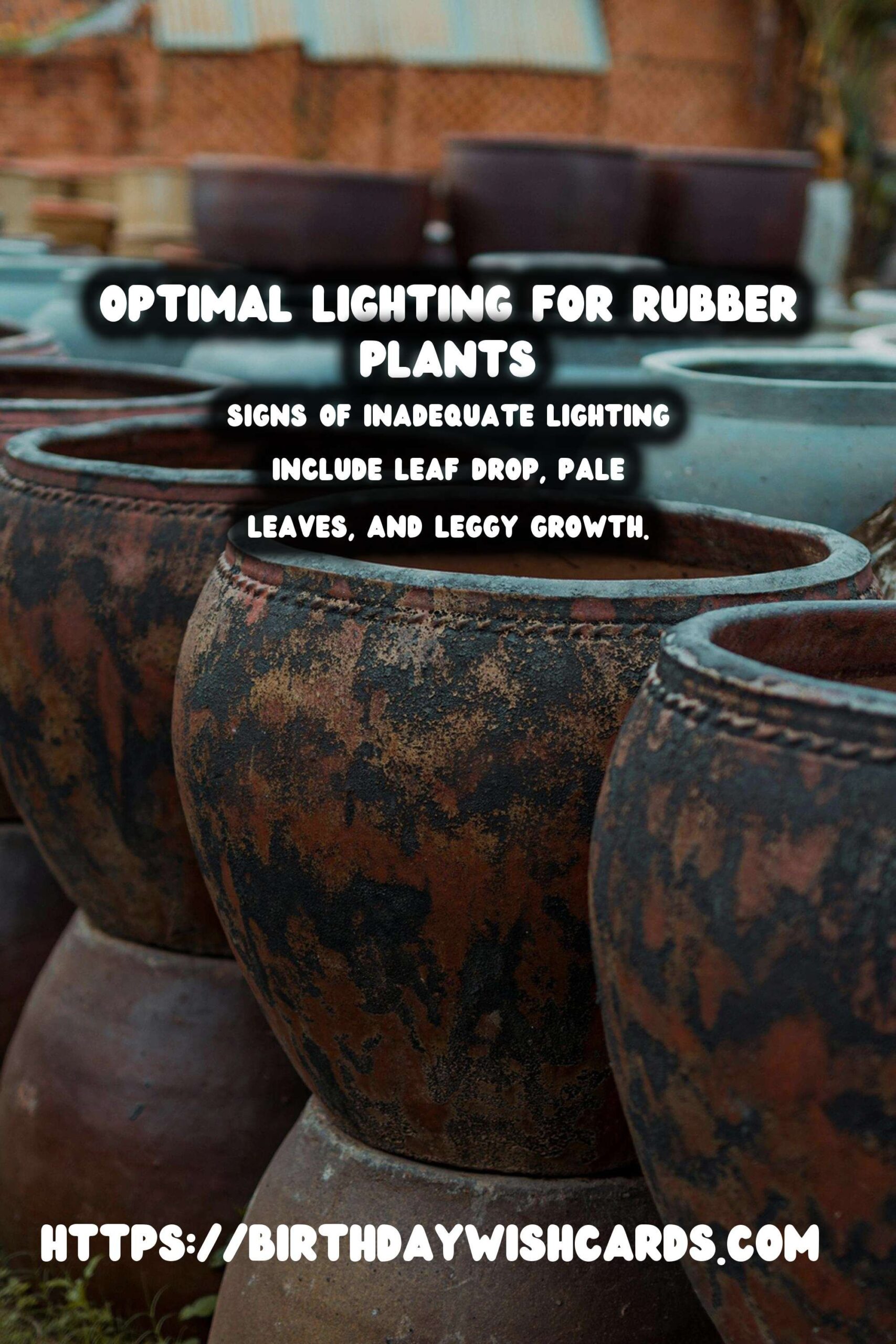
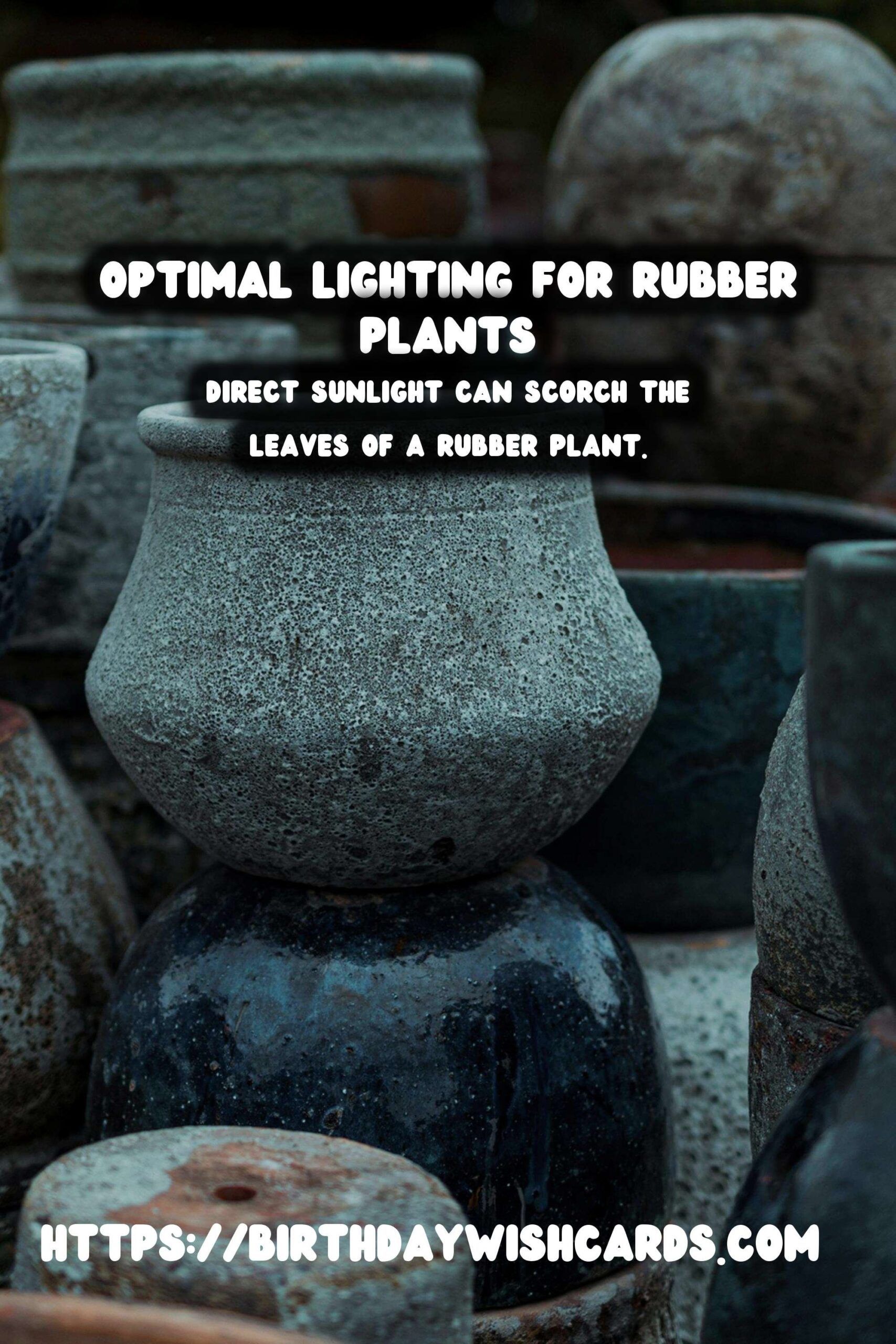

#RubberPlants #IndoorPlants #PlantCare #GardeningTips #Houseplants



